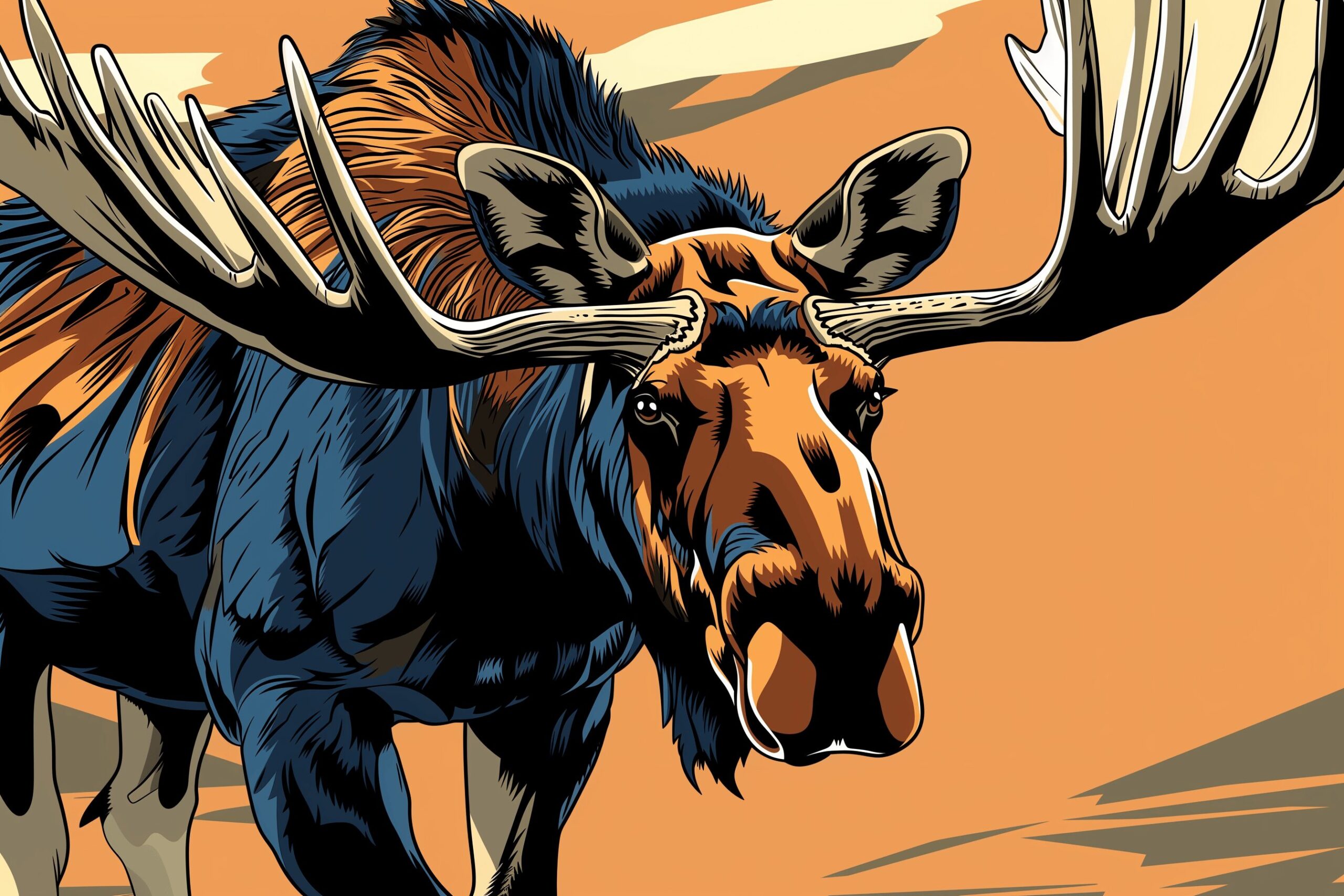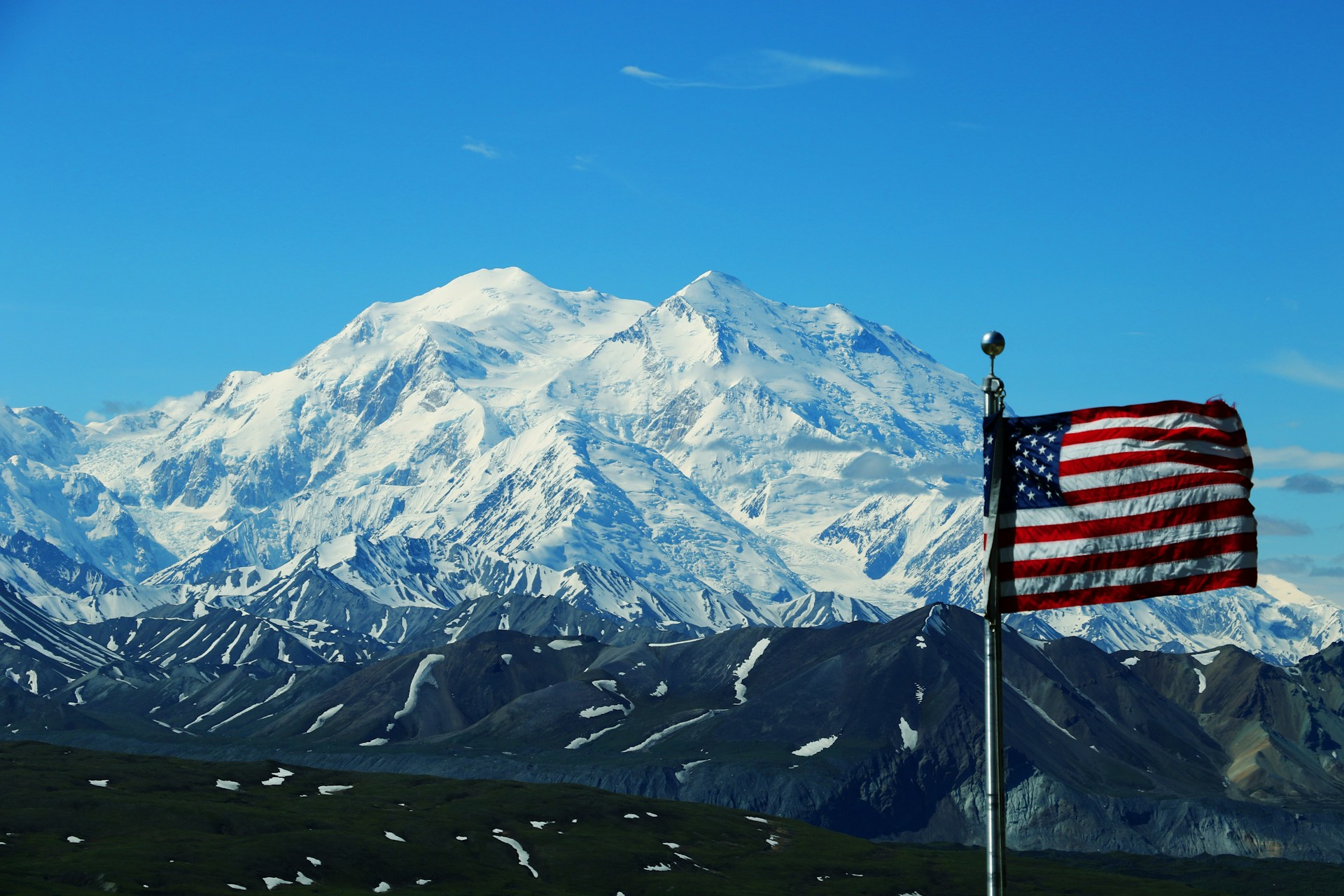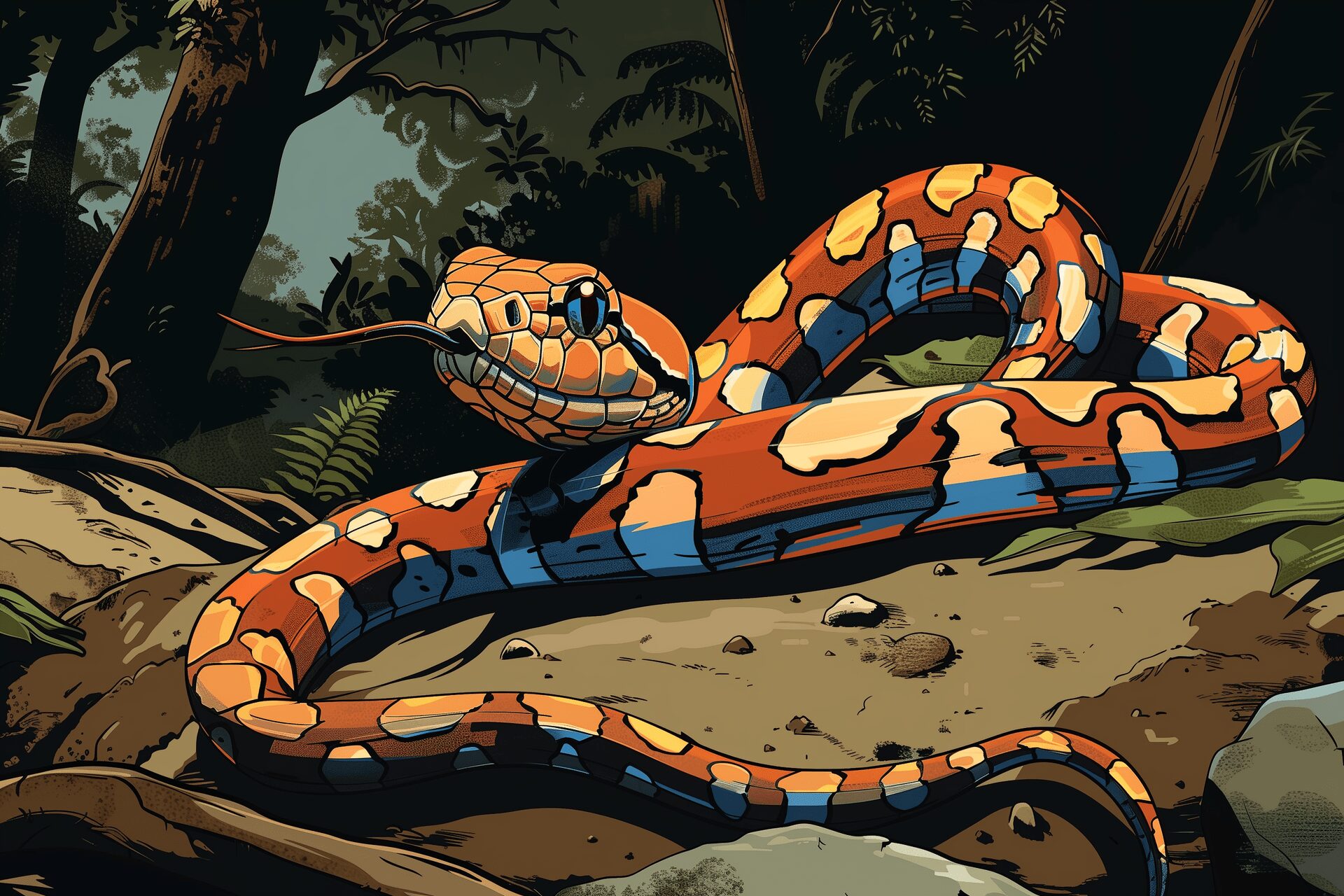Are Gorillas Endangered? A Case For Humans’ Closest Relatives
Jun 20, 2024
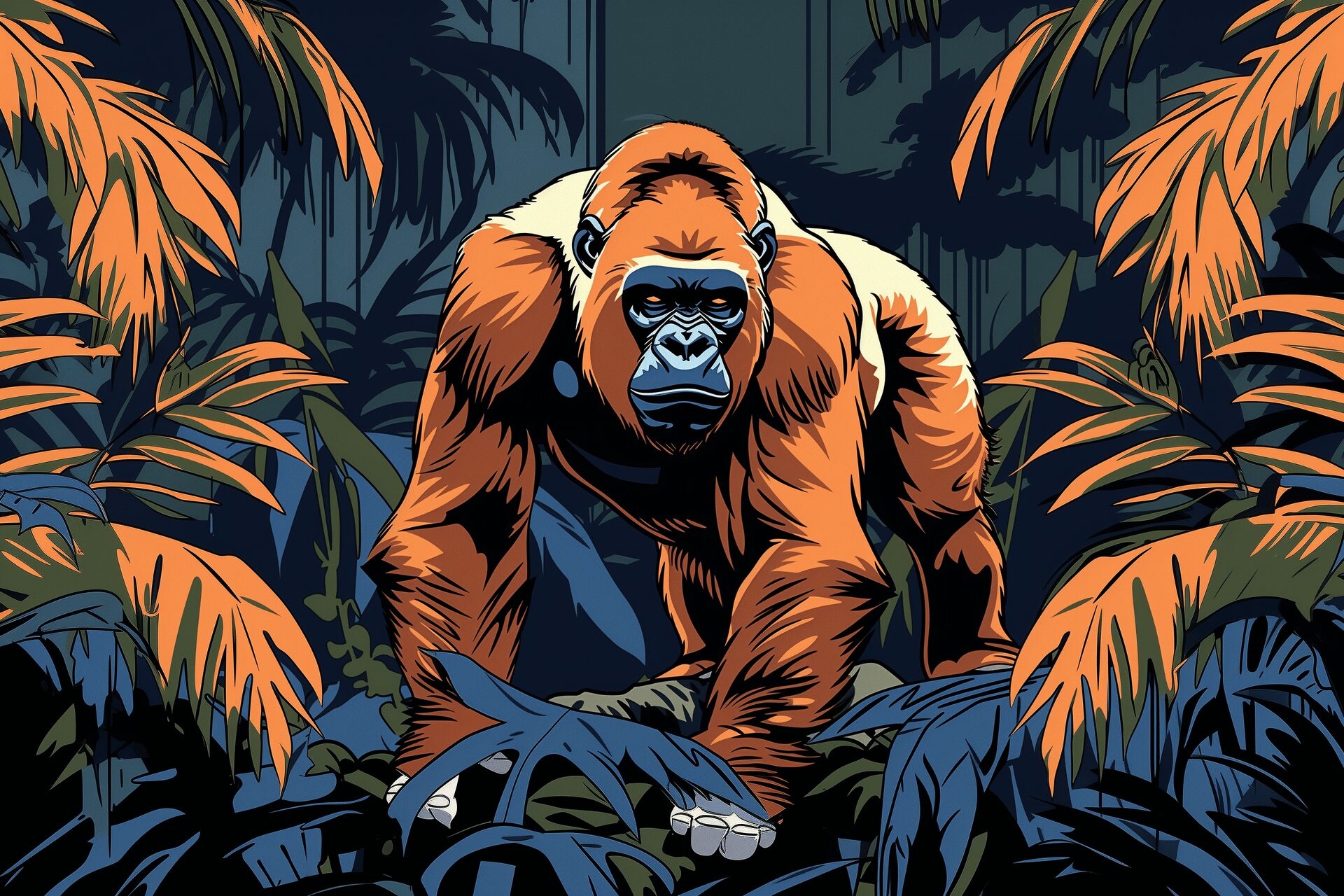
As an Amazon Associate, Modded gets commissions for purchases made through links in this post.
Are gorillas endangered? Unfortunately, the future of these majestic primates is clouded by the possibility of extinction. Habitat loss, climate change, and disease have dramatically impacted their population, raising concerns about their well-being and sustainability. The survival of gorillas hangs in the balance. Let’s look at why this is the case and what we can do to help.
How Closely Are Gorillas Related to Us?
Gorillas share around 98% of their DNA with humans, alongside chimpanzees and bonobos. Imagine that! Just a tiny fraction of genetic difference separates people from these incredible beings. This close genetic connection is evident in their physical characteristics — opposable thumbs, analogous outer ear structures and even similar gestation periods.
Gorillas also share behavioral traits with humans. They live in tight-knit family groups, communicate with various sounds and gestures and even display emotions similar to ours. When you observe a gorilla mother tenderly cradling her baby, it’s hard not to draw parallels to human parents.

Gorillas have complex social structures, with clear hierarchies and deep bonds formed over years. They also exhibit behaviors that suggest a sense of humor, empathy and mourning for lost ones. These distinct similarities make their plight all the more poignant.
Why Are Gorillas Endangered?
The International Union for Conservation of Nature’s (IUCN) Red List of Threatened Species has assigned the “Critically Endangered” tag to the world’s gorillas — two steps away from complete extinction. Only around 2,600 mature Eastern gorilla species remain.
The biggest threats to their survival include:
Habitat Destruction
One of the primary threats to gorillas is habitat loss. Imagine waking up one day to find your home being torn down.
This is a daily reality for gorillas as forests are cleared for agriculture, mining and infrastructure development. For example, recent oil exploration in the Democratic Republic of the Congo’s Virunga National Park exposed nearly one-third of the world’s mountain gorilla population to environmental hazards.
Deforestation also reduces the living space available for these creatures and fragments their habitat, making it difficult for different groups to interact and breed.
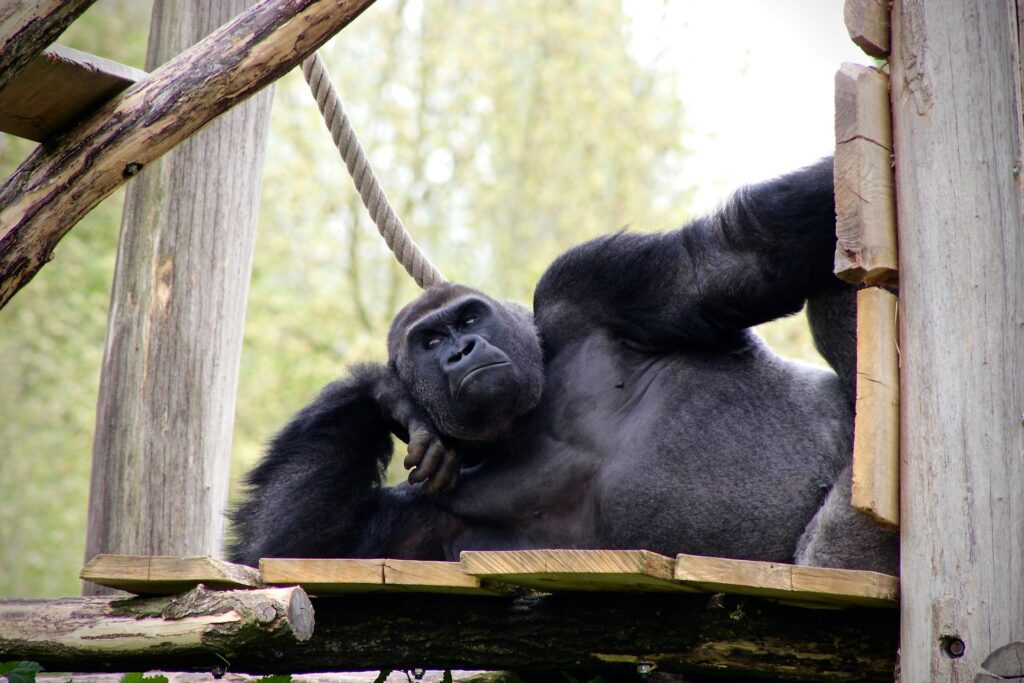
Climate Change
The temperature in their natural environment highly restricts gorillas. As mountainous animals, climate change is a huge problem, as they have nowhere colder and higher to escape from the increasingly warmer conditions lower down.
Extreme changes in rainfall patterns can affect the availability of food and water, forcing gorillas to venture into human-inhabited areas in search of resources. This increases the likelihood of conflict, which further threatens their existence.
Diseases
It turns out gorillas sharing a huge chunk of human DNA means they’re exposed to diseases that affect people. For example, a simple cold can spread quickly and devastate the gorilla population.
Ebola virus outbreaks have wiped out a great number of primates in past decades owing to the lack of vaccinations and prompt treatment responses. Additionally, tracking gorillas in the wild can be difficult, by which time infections may have spread even more.
Civil Wars and Regional Instabilities
Rwanda, Uganda and the DRC are home to the world’s largest endangered gorilla populations. Civil unrest in these countries and neighboring regions affects these animals’ living environments and can even put them in the direct line of conflict.
Displaced communities have to move into forests to seek refuge, causing wildlife to retreat deeper into the woods to avoid human contact. In some instances, these animals may be hunted for bushmeat consumption, which can push species to the brink of extinction. The loss of even a few individuals can have disastrous effects on their populations, given their slow reproductive rates.
Gorillas Are Vital to Ecological Sustainability

Gorillas live in tropical rainforests and mountainous regions, playing a crucial role in maintaining ecological balance. As the animals at the top of the food chain in these environments, a decline in their population affects the ecosystem and could negatively impact other wildlife in the area. Without these massive herbivores chowing down lots of vegetation, the natural biodiversity order would be disrupted.
Protecting gorilla populations is also vital to natural reforestation. As they forage, these creatures create small clearings in the foliage, dispersing seeds and allowing a wider array of plant species to find sunlight.
Conservation Efforts and Success Stories
Despite the dire situation, there is hope. Dedicated conservation efforts have made significant strides in recent years.
Protected Areas and National Parks
Establishing protected areas and national parks has been crucial. Tireless efforts by environmentalists and international partners have led to several areas being carved out and designated for wildlife conservation.
In May 2024, the African Wildlife Foundation officially handed over 27 hectares of reclaimed land to expand the habitats and increase food availability for gorillas in Rwanda’s Volcanoes National Park. The implementation of stringent anti-poaching measures has also helped stabilize gorilla populations.
Research and Monitoring

Continuous research and monitoring are vital for effective conservation. By tracking gorilla populations, studying their behavior, and understanding their needs, experts can develop targeted protection strategies. For example, extreme measures by Virunga Park rangers, including over 2,200 annual patrols, have led to a 4.7% species growth rate per year.
These monitoring efforts, alongside other conservation programs, have also been vital in preserving ecosystems and biodiversity in the face of cross-border conflict and instability.
Ecotourism
Ecotourism has emerged as a powerful tool for wildlife conservation. Tourists worldwide pay substantial fees to see gorillas in their natural habitat. This revenue funds conservation programs and provides economic incentives for local communities to protect gorillas instead of hunting them. Countries like Rwanda and Uganda have seen positive results from well-managed ecotourism programs.
What Can You Do?
You can contribute to the protection and sustainability of gorilla populations in several ways.
- Support conservation organizations: Numerous institutions are dedicated to saving gorillas. Your support can fund anti-poaching patrols, habitat restoration and community education programs.
- Promote sustainable practices: Reduce your consumption of products linked to deforestation, such as palm oil, minerals and other natural resources.
- Raise awareness: The more people know about gorillas’ challenges, the greater the collective effort to protect them. Share information on social media, organize awareness events or give talks at community centers. For instance, did you know that September 24 is World Gorilla Day?
- Practice and promote responsible tourism: If you’re planning a safari to see gorillas, choose responsible tour operators who follow strict guidelines to minimize impact on the animals and their habitats. Your visit can contribute to conservation efforts and local economies when done ethically.
Protect Endangered Gorillas
Gorillas are our closest living relatives and are crucial in maintaining the world’s biodiversity. Their endangered status is a sobering reminder of humans’ impact on the planet. However, our concerted efforts can turn the tide and not a moment too soon. After all, saving gorillas is not just about preserving a species — it’s about safeguarding our shared heritage and the intricate web of life on Earth.

